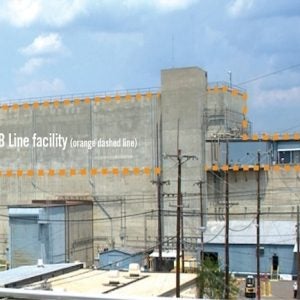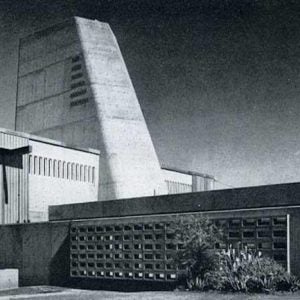Outgoing Argentine President Cristina Fernandez on 1 December inaugurated a uranium enrichment plant to manufacture fuel for Argentina’s nuclear plants. The plant, located in Pilcaniyeu in the southern Rio Negro province, is administered by the National Atomic Energy Commission.
Argentina had produced uranium on an experimental scale at Pilcaniyeu during the 1980s when the enrichment technology was developed, but in the 1990s production was stopped. The Ministry of Federal Planning, Public Investment and Services said in a statement that the uranium will be supplied to operational NPPs as well as three proposed plants and 13 nuclear medicine centres, 11 of which are under construction. In future, Argentina hopes to exporting nuclear fuel.
President de Kirchner said the plant will use both gaseous diffusion and new laser technology to enrich uranium. She stressed that the resulting fuel will be used exclusively for peaceful purposes. In August 2006, the Argentine government submitted its nuclear plans for the next few years, which involved investment of $2.9bn and the return of the plant to operation. In 2010, the plant was extensively modernised. Investments in the technology centre in Pilkaneu totalled ARS250m ($25.8m).
The government of Argentine president-elect Mauricio Macri, which takes over from de Kirchner on 10 December following elections, intends to review nuclear plans, in particular deals de Kirchner signed with Russia and China, Emilio Apud, energy policy adviser to Macri, told Sputnik. In April, Russian and Argentina signed a preliminary agreement on the construction of a sixth unit at Argentina’s Atucha Nuclear Power Plant. China and Argentina agreed earlier in November on the construction of two additional nuclear plants in Argentina.
t"I do not exclude that eventually they may be validated, but it would be reasonable to review them as we are spending money to commit to a specific technology for decades," said Apud.






